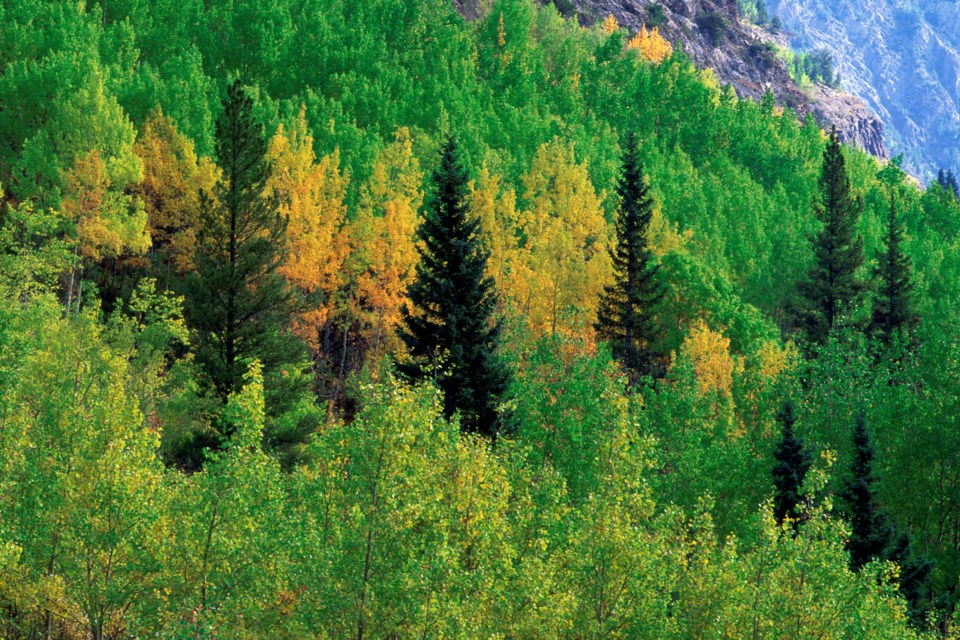Our boreal forests are changing. More intense fires following in greater frequency are occurring from Alaska clear through to Quebec. This is giving deciduous species like aspen and birch the upper hand in our unmanaged northern forests.
This is an undeniable fact, but what I want to zero in on is how Americans feel about this shift compared to Canadians.
Last week, Toronto writer Hannah Hoag wrote an article on this phenomenon in the Globe and Mail.
The headline was ominous.
“As Canada’s boreal forests burn again and again, they won’t grow back the same way,” it says, before noting this shift “threatens to recur across Canada’s boreal forest.”
On Twitter, now called X, Hoag channeled the archaic dogma of forest management used to justify glyphosate spraying local forests to summarize the issue.
“The transition from spruce and pine to birch and aspen in boreal forest[s],” she wrote, is a “regeneration failure.”
Really?
Not only are shifts from conifer to deciduous after fire a well-documented fact of life well before climate change was happening, but the only thing those aspen are threatening is the curated postcard image of the pure conifer forest type at the heart of our national identity.
Compare that to how writer Nathanael Johnson wrote about the same conifer-deciduous forest shift in the American publication Grist two years ago. You couldn’t come up with a more contrary headline:
“Rising from the ashes, Alaska’s forests come back stronger,” it says, pointing out that “A new study brings a rare glint of hope from climate science.”
Similar optimistic headlines were reported in the Smithsonian Magazine and The Conversation.
In a world of doom and gloom, the American coverage was quick to highlight one of the climate change defence tricks nature holds up its sleeve; how “these changing forests could mitigate the fire-climate feedback loop, and maybe even reverse it.”
How?
Well, those fire-resistant aspen and birch can put the brakes on those recurring fires while rebuilding the soil and sequestering more carbon. For the same reason we call them weeds, these fast-growing species can sequester carbon between 400-500 percent faster and once mature, lock up around 160 percent more carbon than black spruce.
None of this was mentioned in the Globe and Mail article. And I suppose maybe one of the reasons is because singing aspen’s praises in this country doesn’t get you very far.
I guess you would be much wiser to use the age-old fear of the aspen “threat,” hammered home relentlessly in Canadian forestry programs, to sell climate change action; you better do something or these worthless aspen are going to take over!
Who knows, but I prefer the American approach. They love their aspens. They recognize the healing power they have on the landscape and their importance to wildlife.
And so should we.
James Steidle is a Prince George writer.



